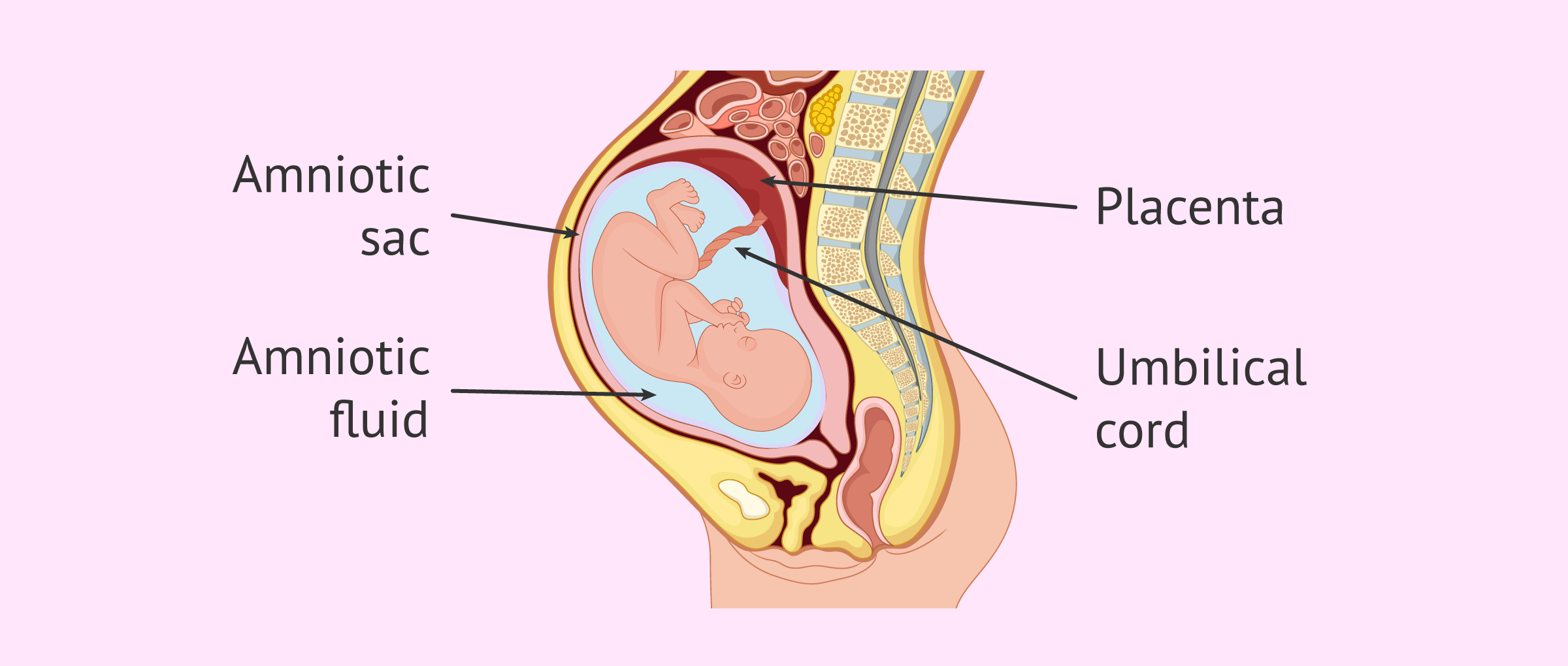1️⃣ Drink Plenty of Fluids (Most Important!)
✔ Water – Aim for 2.5 to 3 liters per day (unless advised otherwise by your doctor).
✔ Coconut Water – Rich in electrolytes, keeps you hydrated & maintains fluid balance.
✔ Buttermilk & Lemon Water – Helps hydration & digestion without bloating.
2️⃣ Eat Hydrating Foods
✔ Fruits: Watermelon, cucumber, oranges, muskmelon, and strawberries.
✔ Vegetables: Cucumber, celery, zucchini, spinach, and bottle gourd.
✔ Soups & Stews: Bone broth, vegetable soup, and dal soups.
3️⃣ Include Omega-3 Rich Foods
✔ Chia Seeds & Flaxseeds – Improve blood flow to the uterus & enhance amniotic fluid.
✔ Walnuts & Almonds – Help maintain hydration levels.
✔ Fatty Fish (Salmon, Sardines) – If non-vegetarian, omega-3s improve placental health.
**4️⃣ Drink Jeera (Cumin) Water
✔ Helps in digestion, reduces bloating, and may improve amniotic fluid levels.
How to prepare?
- Soak 1 tsp cumin seeds in warm water overnight.
- Drink in the morning on an empty stomach.
5️⃣ Practice Left-Side Sleeping
✔ Improves blood circulation to the uterus and placenta, boosting amniotic fluid.
6️⃣ Avoid Dehydrating Foods & Drinks
❌ Excessive caffeine (coffee, tea, cola).
❌ Processed foods high in salt & sugar (they cause water retention & dehydration).
❌ Spicy and fried foods (may lead to bloating & discomfort).
🌟 Bonus: Ayurvedic Remedy
🔹 Coconut Water + Sabja Seeds (Basil Seeds) – Mix 1 tsp sabja seeds in coconut water, let it soak for 10 minutes, and drink it. This boosts hydration and amniotic fluid naturally.
Disclaimer
The information provided in this blog is for educational and informational purposes only and is not intended as medical advice. While every effort has been made to ensure accuracy, the content is based on general research, nutritional principles, and personal insights.
Individual health conditions, fertility treatments, and dietary needs vary from person to person. Always consult with your fertility specialist, doctor, or a registered dietitian before making any changes to your diet, supplements, or treatment plan, especially during fertility treatments like IVF, IUI, or embryo transfer.
This blog does not claim to diagnose, treat, cure, or prevent any medical conditions. The author and publisher are not responsible for any adverse effects resulting from the use of the information provided.
If you have any specific medical concerns, please seek professional medical advice from a qualified healthcare provider.

Comments
Post a Comment